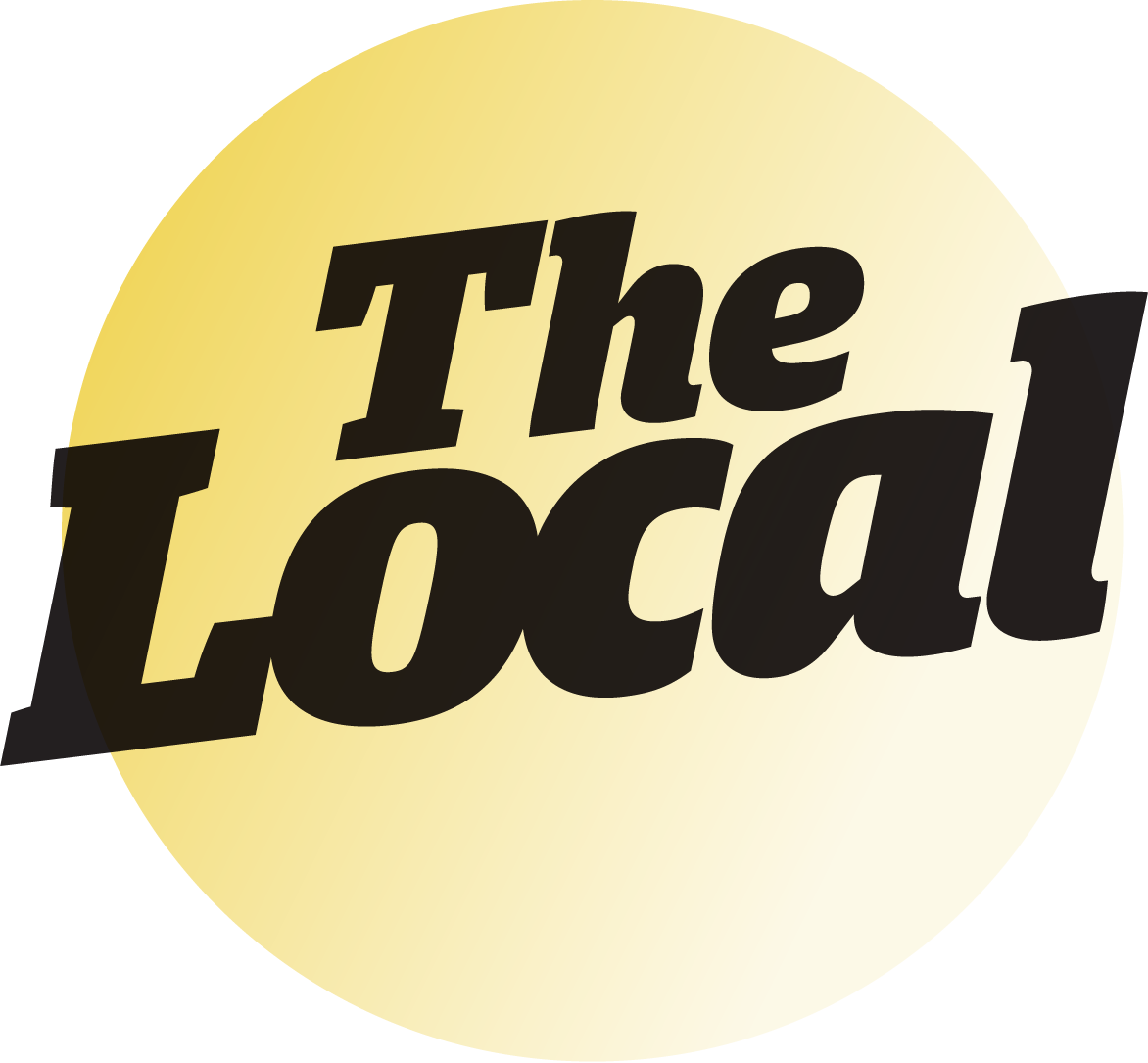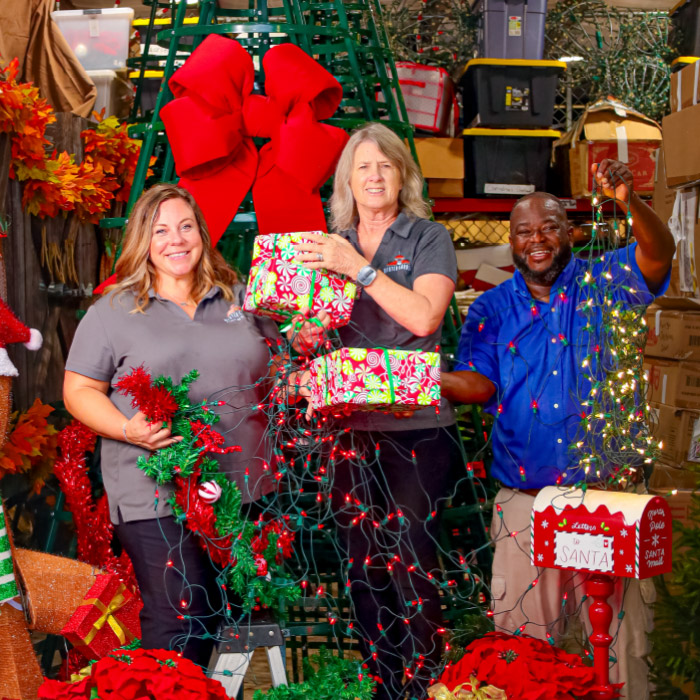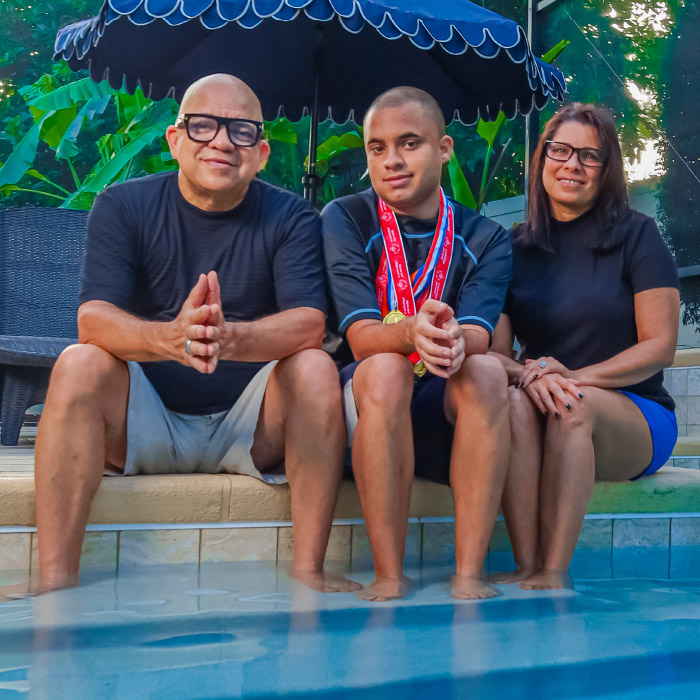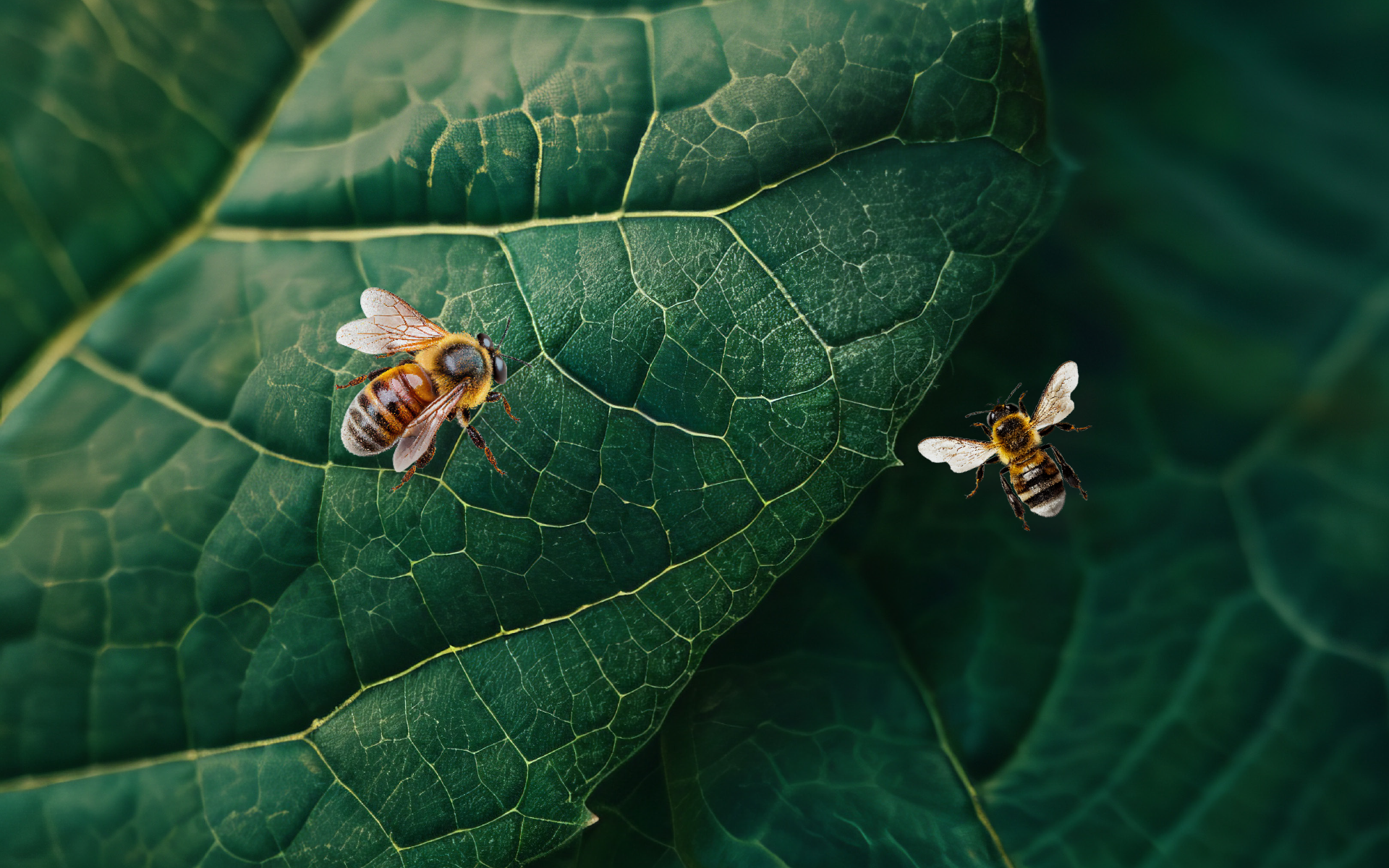
Jeanne Yazinski steps out of her front door into a lush, buzzing paradise that she and her husband, Ron, have lovingly transformed over the past five years. Where there was once nothing but struggling patches of grass, there’s now an explosion of color and life—a thriving pollinator garden brimming with bees, butterflies, hummingbirds, and even the occasional curious neighbor stopping to admire the view.
“I wasn’t much of a gardener when I joined the Bloom & Grow Garden Society,” Jeanne says, laughing at the memory. “Back then, our yard was just grass—plain, patchy grass that barely clung to life.” But all of that was about to change.
Her perspective shifted when she met Becki Lynch, a recent transplant from Iowa and a master gardener whose enthusiasm for pollinators was both infectious and eye-opening. Becki had a wealth of experience, having spearheaded the planting of 10,000 acres of pollinator gardens back in her home state. Now, she was channeling that same passion into revitalizing a butterfly garden along the nearby West Orange Trail—a project that quickly sparked Jeanne’s curiosity.
“Becki completely changed the way I thought about gardening,” Jeanne says. “She showed me that pollinators—bees, butterflies, and even hummingbirds—are essential to our ecosystem and food supply. And the best part? They don’t need much space to thrive. Even a few well-chosen flowering plants can make a big difference.” Jeanne learned that most pollinators live and travel within the distance of a football field during their lifetimes, making small, intentional efforts all the more impactful.
From that moment, Jeanne and Ron knew they had to act. Together with the support of the Bloom & Grow Garden Society, they decided to transform their yard into a haven for pollinators.
Starting small, the Yazinskis dedicated a single corner of their yard to the project. “We had no idea how much it would grow—literally and figuratively,” Jeanne admits. “We were just learning as we went.”
Using an eco-friendly approach, they covered the grass with tarps for several months to eliminate it naturally. It was important not to use any pesticides in order to further protect the pollinators that would soon call this space home. Once the grass was gone, they added natural mulch made from pine straw and oak leaves and planted native flowers. What began as a small patch of blooms quickly spread. “We started adding to the sides of the house, then the front yard, and eventually the entire backyard,” Jeanne says. “Now, it’s hard to find any grass left!” The grass that remains, she explains, is for their curious dog, who happily shares the yard with pollinating visitors.
The result is stunning: rows of vibrant milkweed, passion vine, parsley, and other native plants that provide food and shelter for dozens of species. It didn’t take long for pollinators to discover the Yazinskis’ efforts. “The first time I saw a monarch butterfly in the garden, I almost cried,” Jeanne says. “It felt like the universe was saying, ‘You’re doing something good.’”
Ron agrees. “It’s peaceful,” he says. “Even the act of gardening itself feels like therapy. I go outside planning to spend 10 minutes, and before I know it, I’ve been out there for hours.” With a Tropical Garden, a Meditation Garden, and a Shade Garden, no learning curve has been too steep for these two to climb.
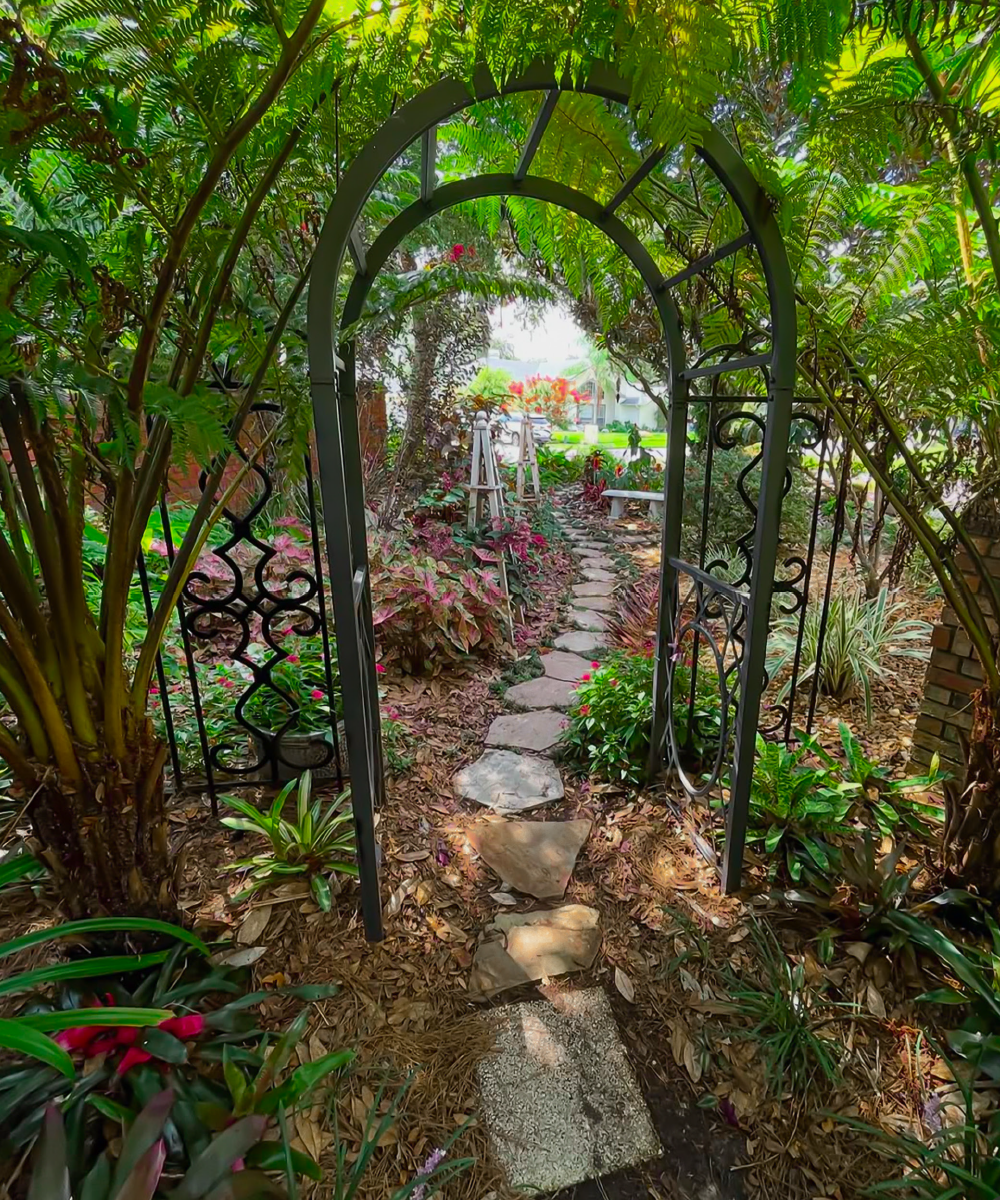
“The bees are fascinating,” Ron says. “The smaller ones stick to the lower plants, while the big bumblebees prefer the taller flowers. There’s a whole ecosystem happening right in our yard.”
Since then, their garden has become home to a variety of creatures. Giant swallowtails, zebra longwings, and bumblebees are frequent visitors, and hummingbirds dart among the blooms like tiny jewels. “The bees are fascinating,” Ron says. “The smaller ones stick to the lower plants, while the big bumblebees prefer the taller flowers. There’s a whole ecosystem happening right in our yard.”
“People often think honeybees are the ones in trouble, but it’s actually the native bees and butterflies that are most in danger,” Jeanne explains. “They don’t have the same protections or commercial support as honeybees. If we lose them, our ecosystems and food supply could be in serious trouble.”
One particularly magical moment came during their daughter’s wedding, which was held in the garden. The couple, Sarah and Marty, released butterflies as part of the ceremony, and the garden filled with fluttering wings. “It was like something out of a fairytale,” Jeanne says. “I’ll never forget it.”
Pollinators are essential to life as we know it. They’re responsible for pollinating up to 80% of flowering plants and 85% of crops, including fruits, vegetables, and nuts. Without them, the human race and the world’s ecosystems would not exist. But habitat loss, pesticides, and climate change have put many species at risk.
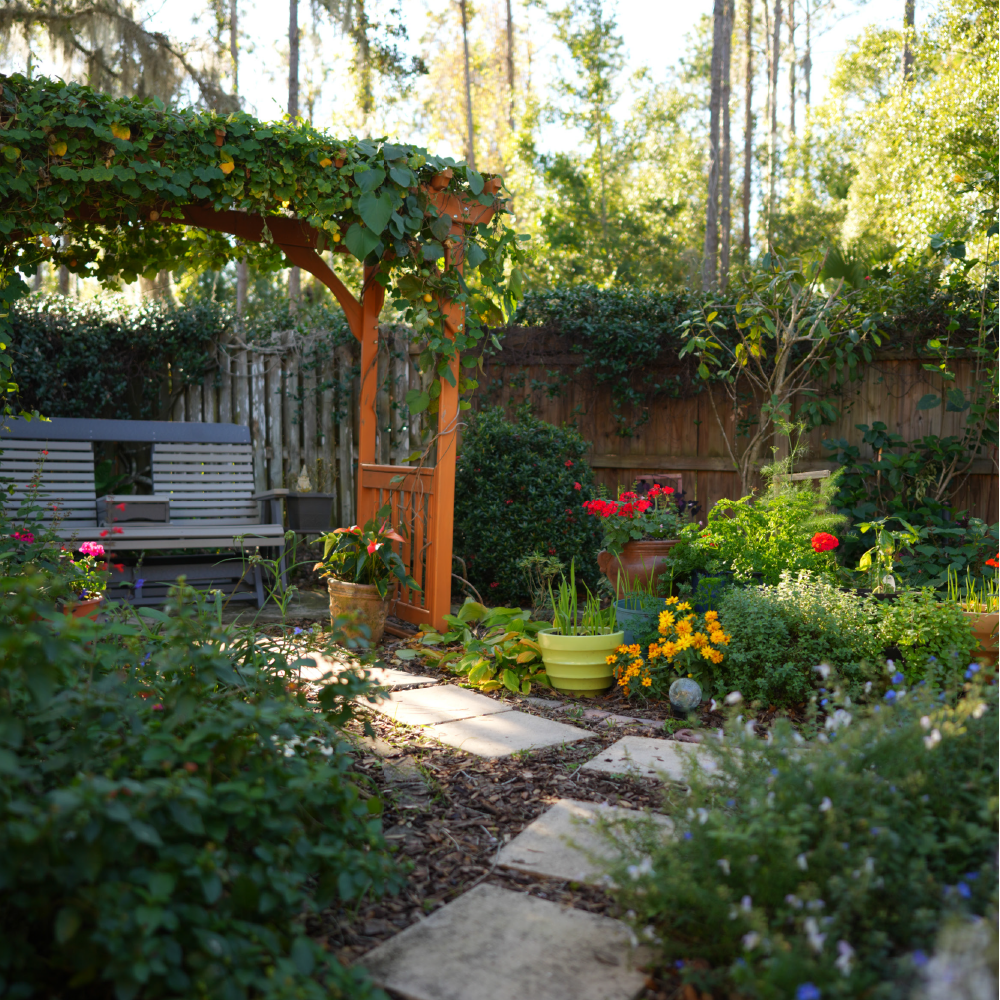
“People often think honeybees are the ones in trouble, but it’s actually the native bees and butterflies that are most in danger.”
The Bloom & Grow Garden Society, of which Jeanne is now a proud member, has made pollinator awareness a cornerstone of its mission. Through its Pollinator Power initiative, the group hosts educational workshops and events, including a booth at the annual Spring Fever in the Garden festival. “We want to show people that anyone can make a difference,” Jeanne says. “You don’t have to go as big as we did. Even a small garden can make a big impact.”
The Yazinskis’ garden has not only transformed their yard but also their neighborhood. “When you put love into your space, it inspires others,” Jeanne says. “Neighbors stop by all the time to ask about the garden or get advice on starting their own.”
For Jeanne, that’s the true reward. “Gardening has taught me to slow down and appreciate the little things,” she says. “It’s about more than just planting flowers. It’s about creating a space for life to flourish—for pollinators, for people, for everyone.”
As the sun sets over Winter Garden, the Yazinskis’ yard buzzes with activity. Bees hum among the flowers, butterflies rest on leaves, and hummingbirds sip nectar from vibrant blooms. It’s a testament to what’s possible when passion meets purpose—and a reminder that we can all make the world a little greener, one flower at a time.
How to start your own pollinator garden:
Start Small
Dedicate a corner of your yard or a few pots to flowering plants.
Plant Native Species
Native plants are adapted to local climates and are more likely to attract pollinators.
Provide Host Plants
Butterflies need specific plants to lay their eggs. For example, monarchs need milkweed. Research what pollinators you want to attract and get to planting!
Think in Layers
Include plants of different heights to accommodate a variety of pollinators. From blooming ground cover, to towering vines, all are beneficial for animals big and small.
Ensure Year-Round Blooms
Plant flowers that bloom in different seasons to provide consistent food sources.
